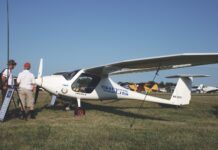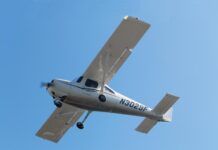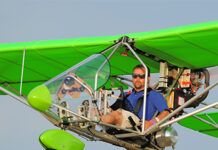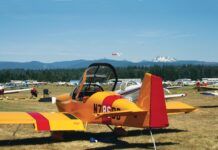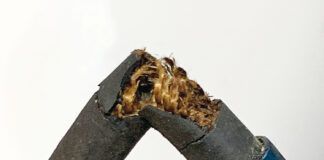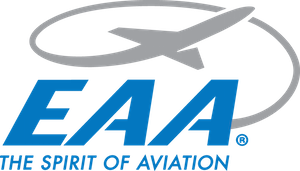 Fatal accident total is one of lowest in history of FAA record keeping EAA reports
Fatal accident total is one of lowest in history of FAA record keeping EAA reports
EAA AVIATION CENTER, OSHKOSH, Wisconsin — (November 16, 2016) — Fatal accidents in experimental category aircraft continued their decline in the 12-month period ending September 30, as focused programs and efforts by the Experimental Aircraft Association (EAA) and others continue to enhance safety.
The totals, which include fatal accidents during the 2016 federal fiscal year (October 2015 through September 2016), showed that fatal accidents in amateur-built aircraft in the Federal Aviation Administration’s experimental category fell 17 percent from the previous 12-month period. The specific totals indicate 33 fatal accidents in those aircraft during the period, compared to 40 during the prior year and 51 for the 2014 federal fiscal year.
In addition, fatal accidents for the experimental category overall, including racing aircraft, those used for exhibition only, research-and-development, and some types of light-sport aircraft, also fell. Those fatal accidents fell from 61 to 49 during the 12-month measurement period. The fiscal year 2016 totals also bettered the FAA “not-to-exceed” goal of 60 for that period. It also marks one of the lowest single-year fatal accident totals since the FAA began keeping records.
“This is tremendous news and this multiple-year trend is a credit to all aviators who are focusing on safety,” said Sean Elliott, EAA’s vice president of advocacy and safety. “The fatal accident numbers again remain lower than other types of popular recreational pursuits, such as paddle sports, horseback riding, and driving all-terrain vehicles. While we can never rest in pursuit of safety, these lower numbers – even with a rising number of flight hours in recent years – show that EAA’s programs, outreach and advocacy is making a difference.”
Over the past two years, EAA’s safety focus included the inaugural Founder’s Innovation Prize competition that seeks new concepts to reduce loss-of-control accidents in amateur-built aircraft, one of the leading causes of fatal accidents; the Accessible Safety Supplemental Type Certificate (STC) that brings updated, affordable safety technology to type-certified aircraft; recent FAA approval of an additional safety pilot during initial flight testing in amateur-built aircraft; a focus on transition and recurrent training; enhanced Technical Counselor and Flight Advisor programs that bring knowledgeable volunteers to those building and transitioning to amateur-built aircraft; and added focus on safety and proficiency through communications such as EAA’s flagship Sport Aviation magazine. EAA has also been a major contributor and is now chairing the FAA’s General Aviation Joint Steering Committee that brings new safety ideas forward through government and industry collaboration.
Read more about EAA’s Safety Programs.

